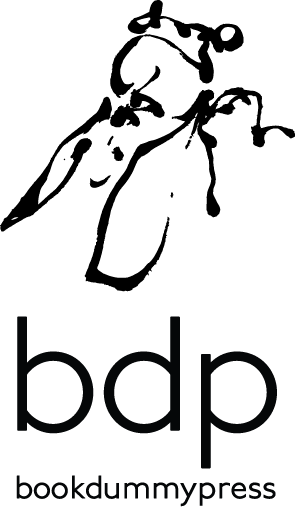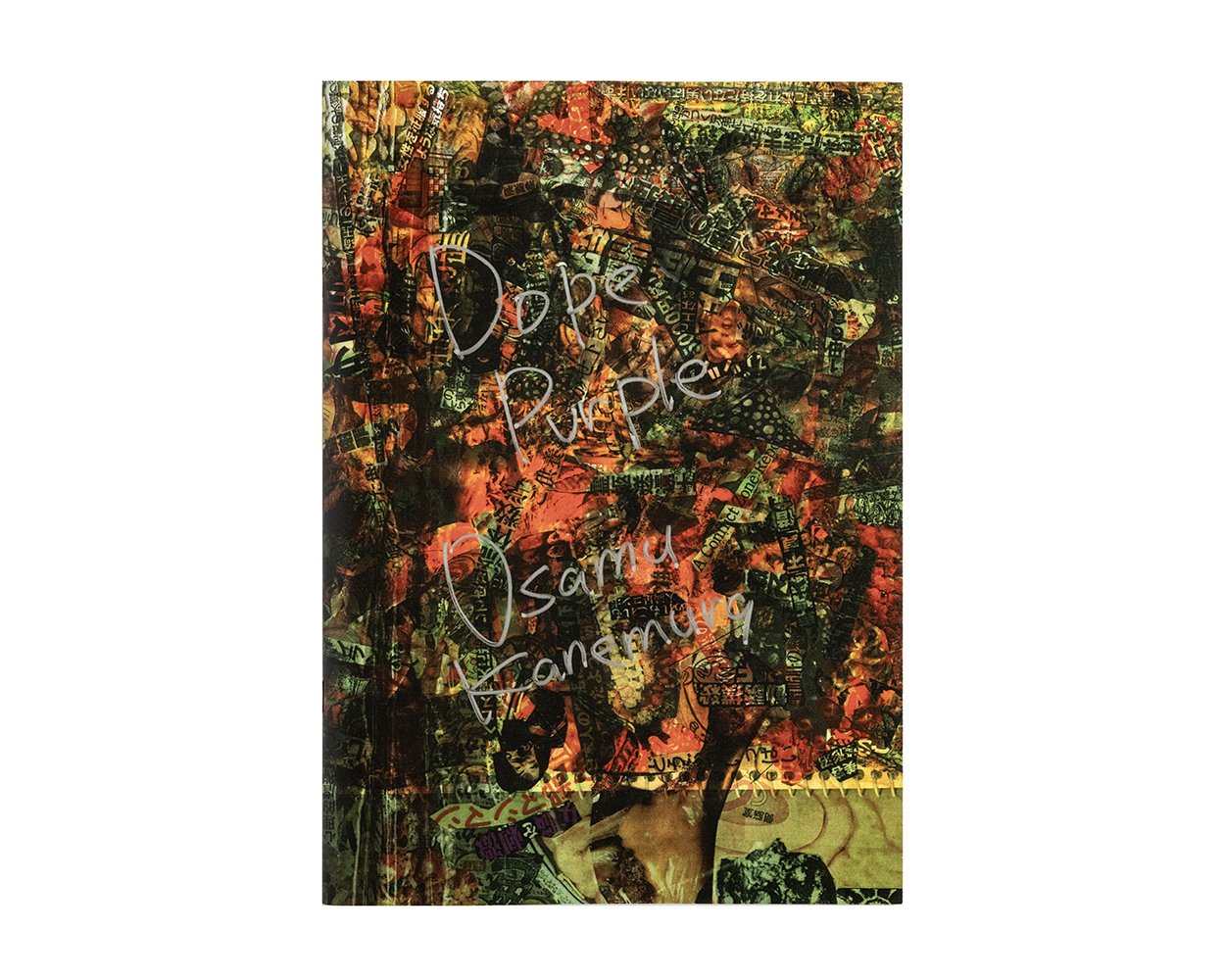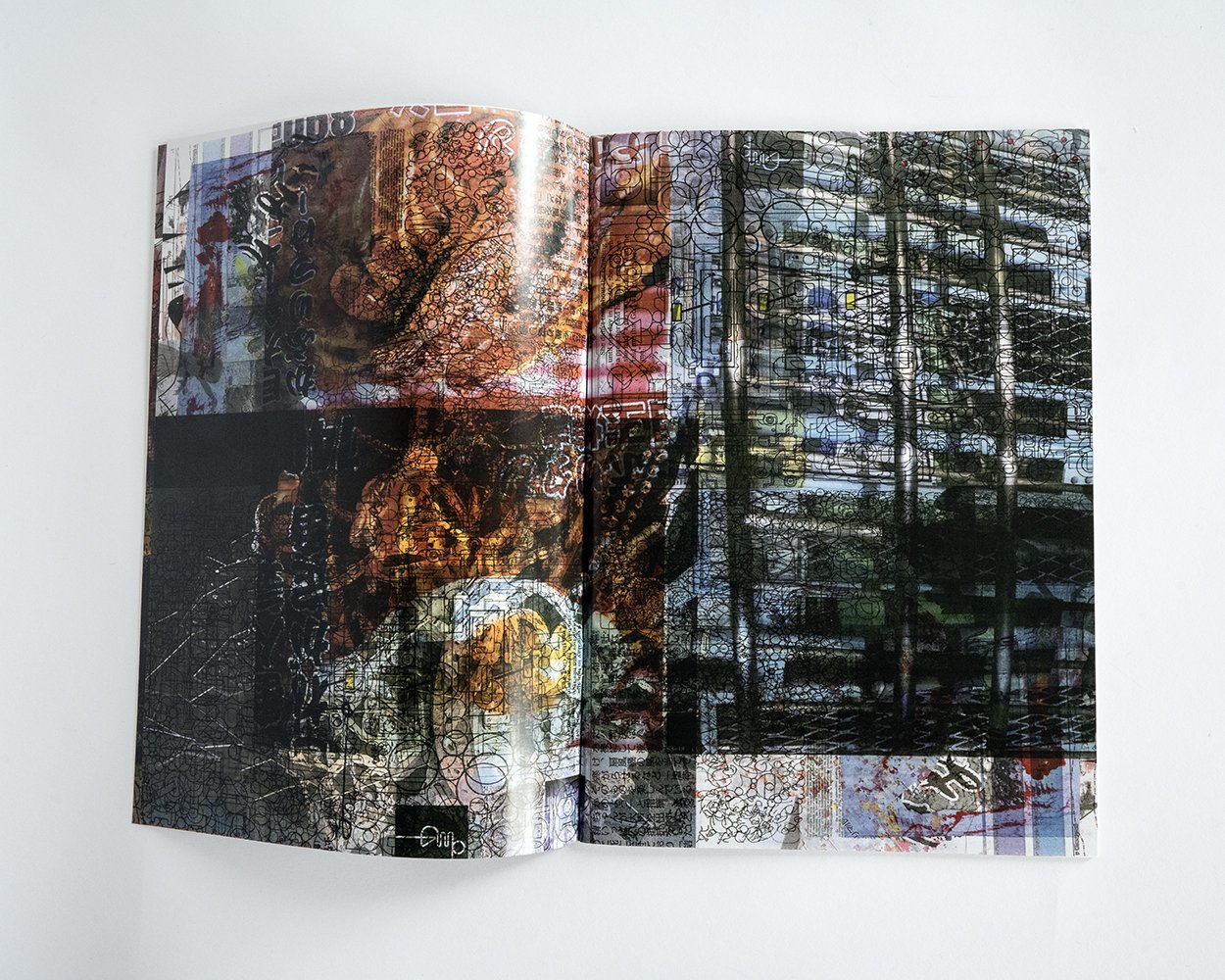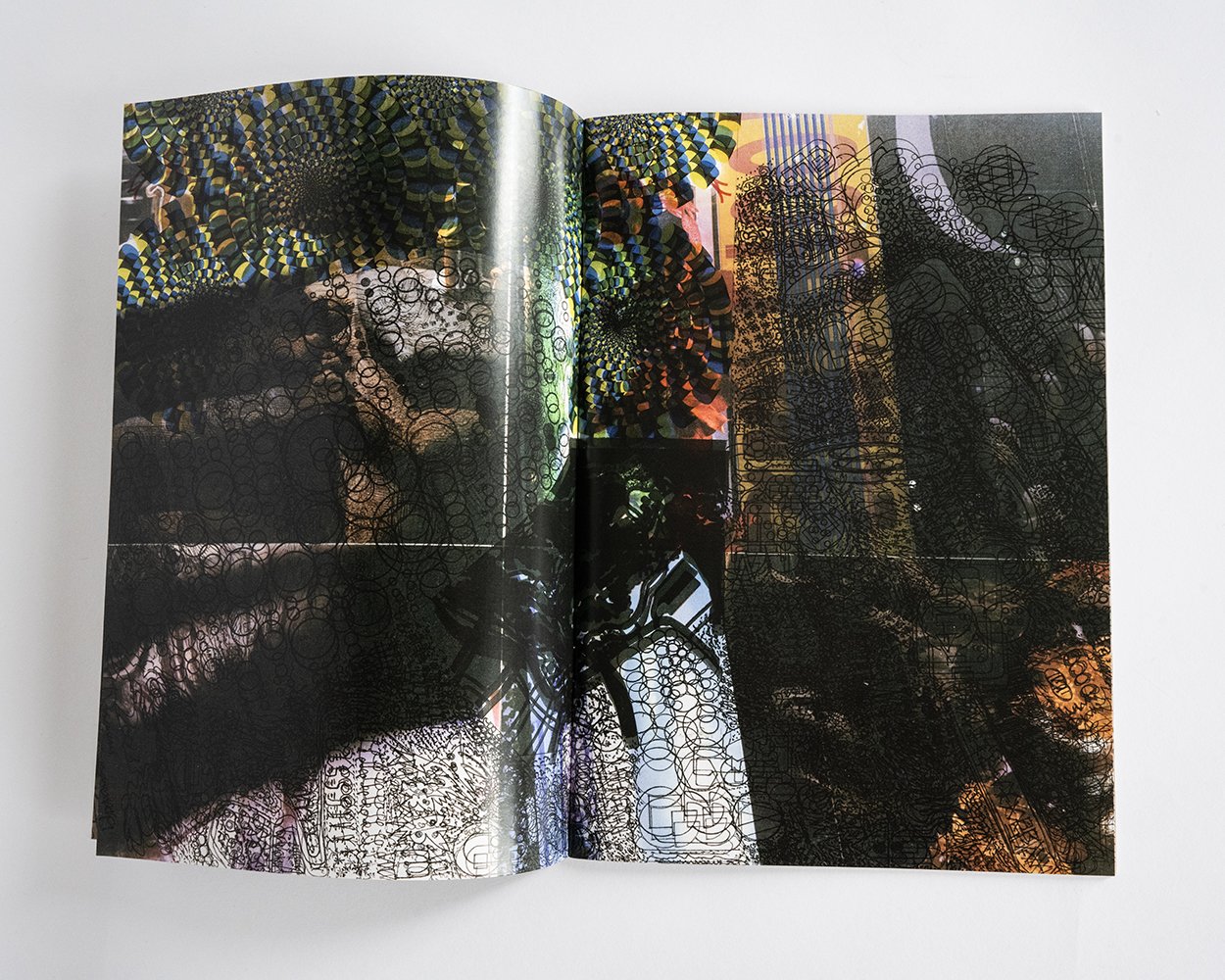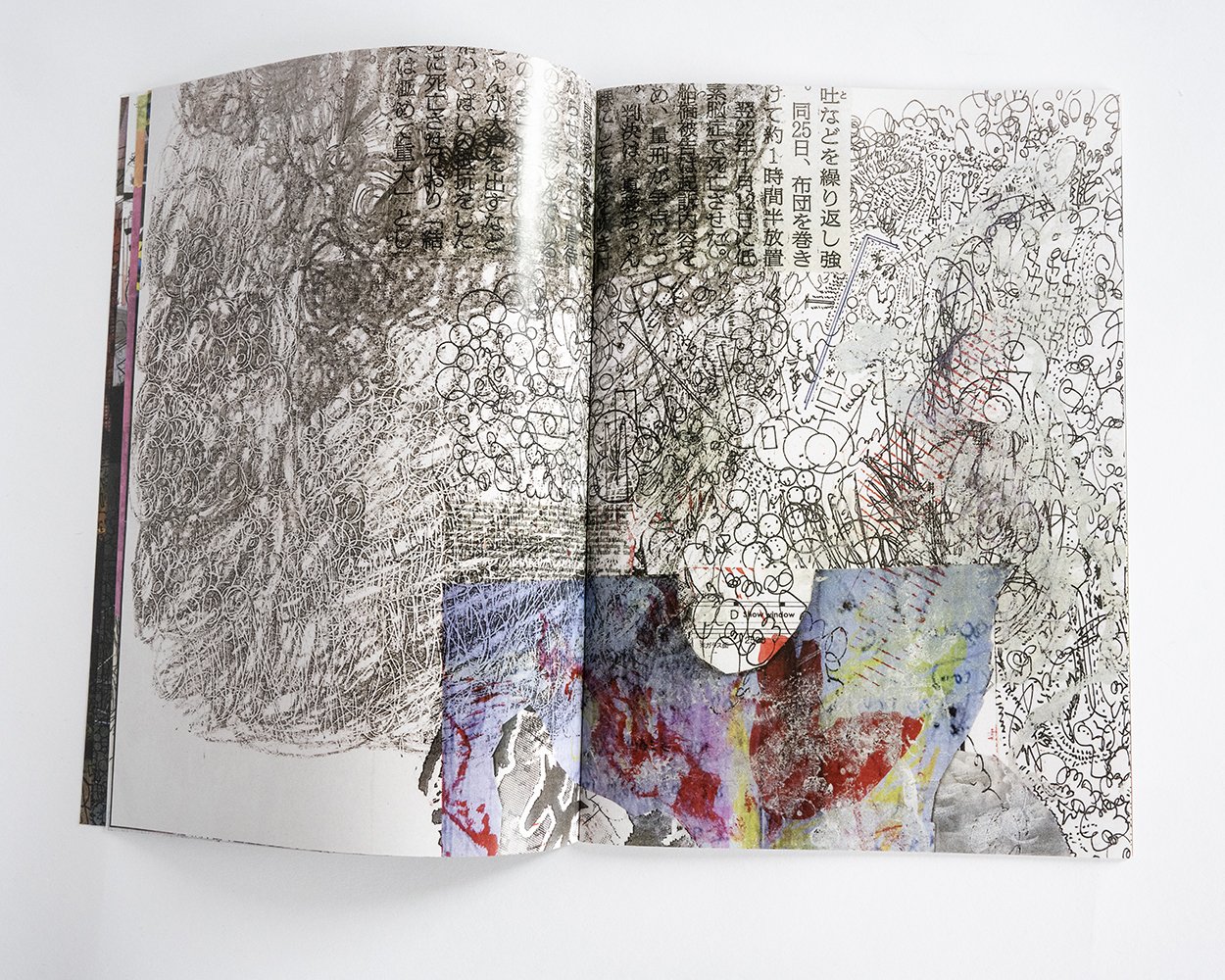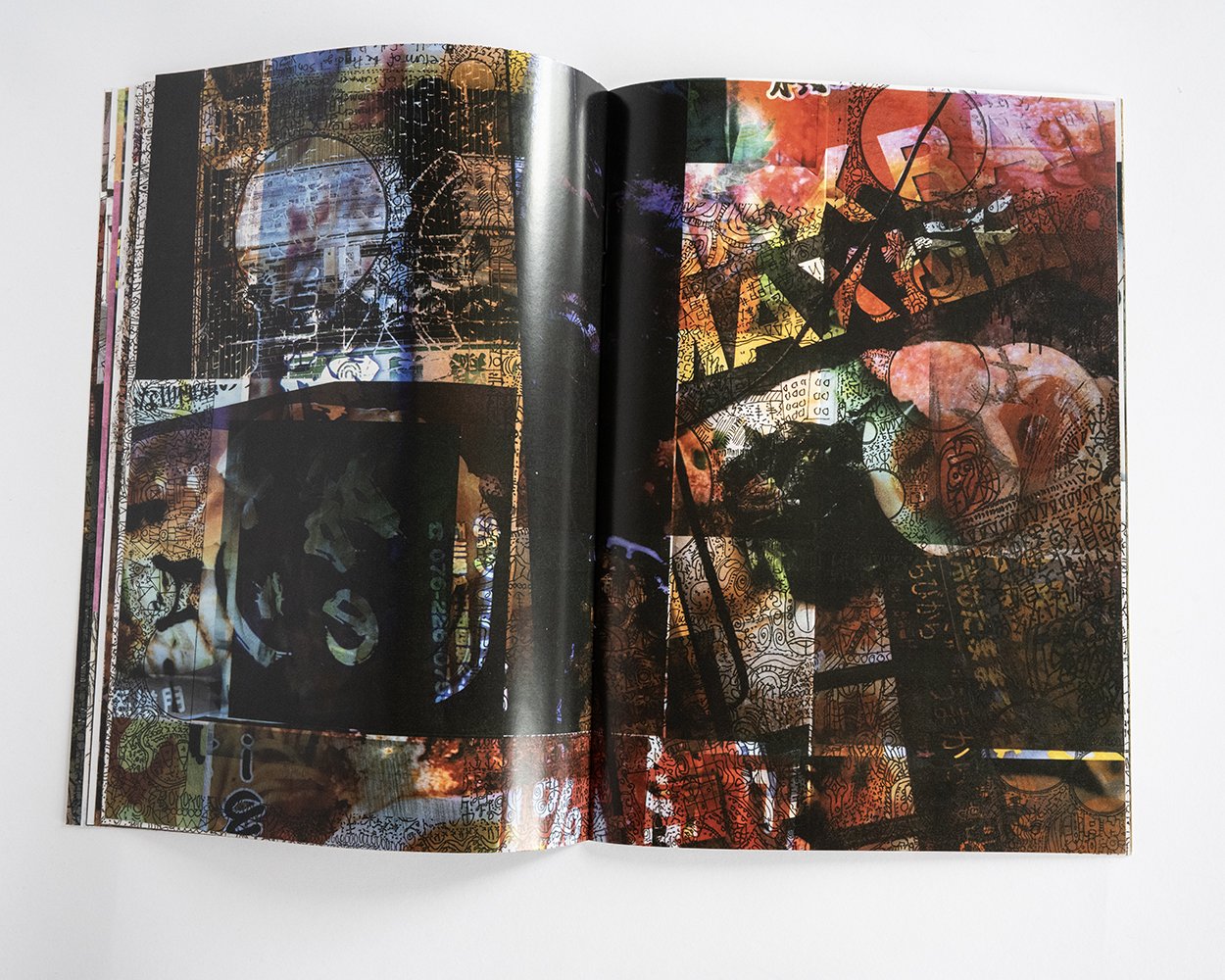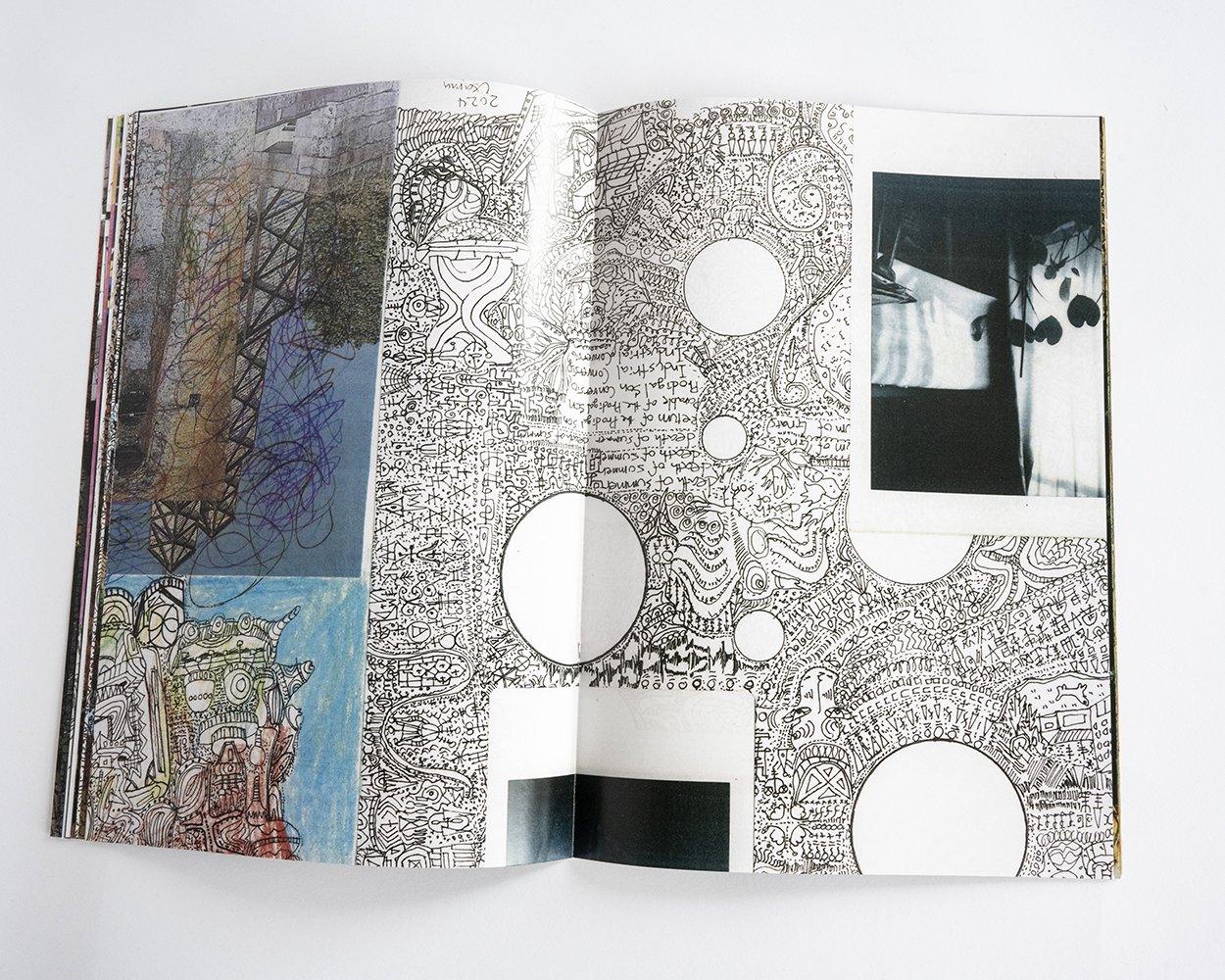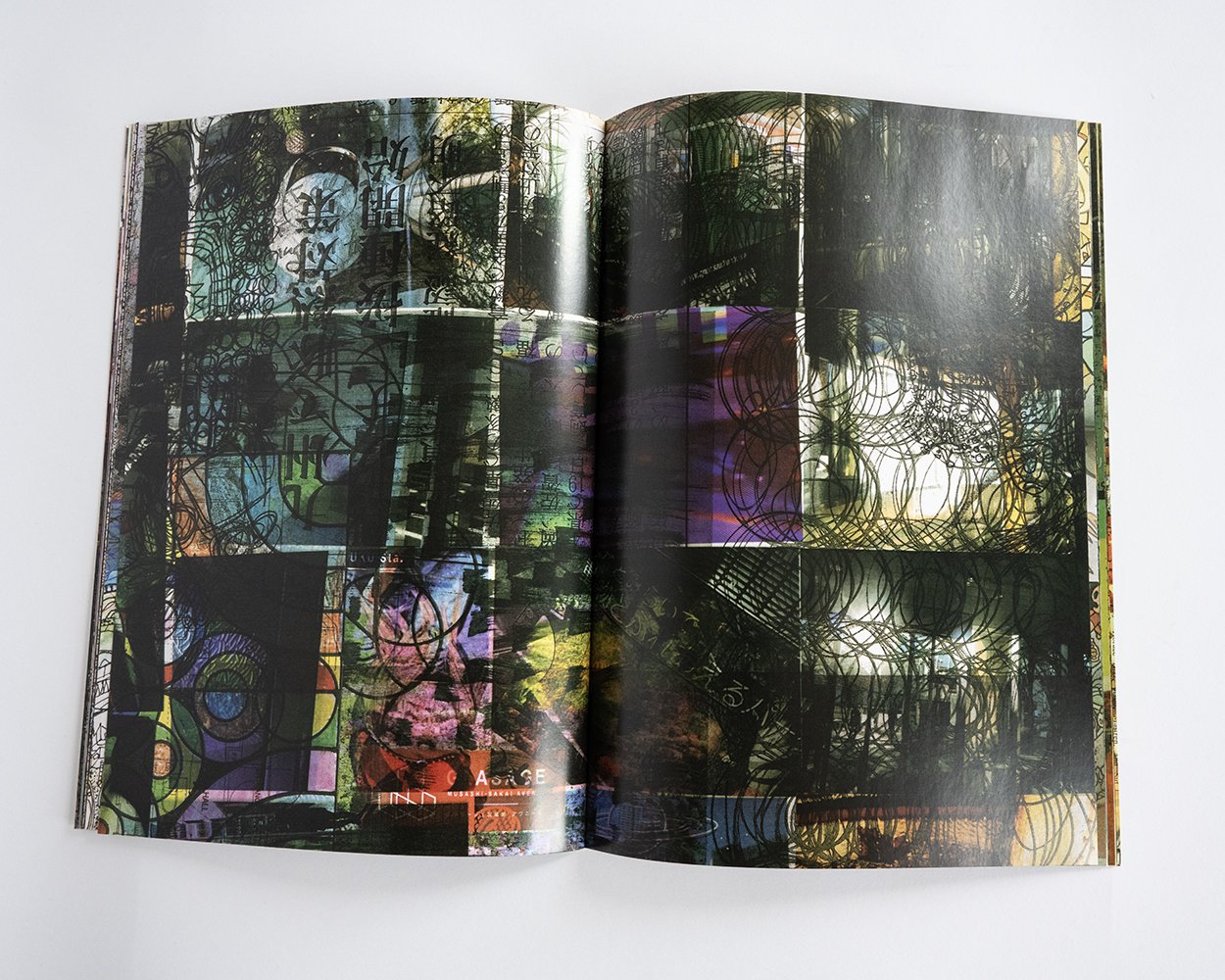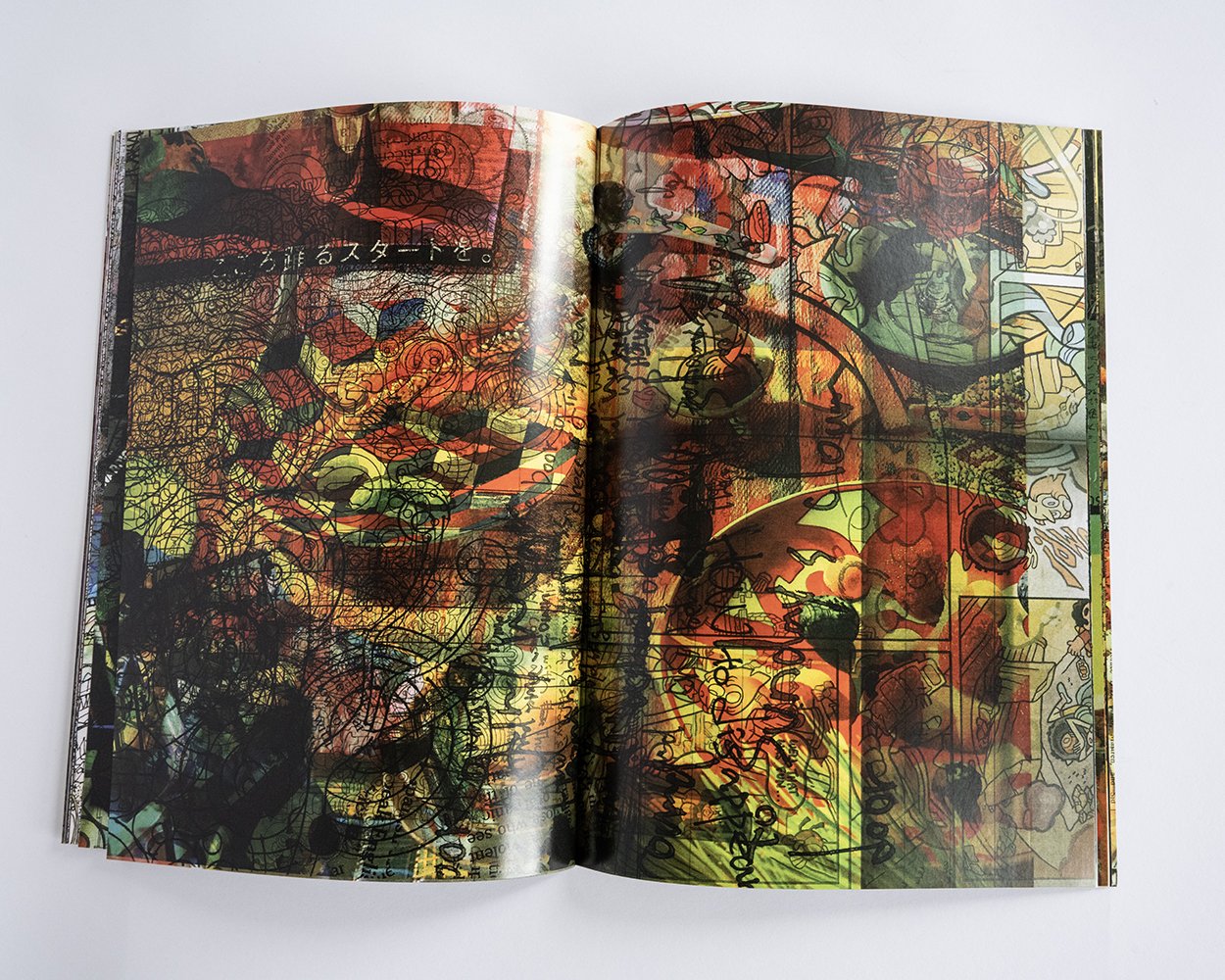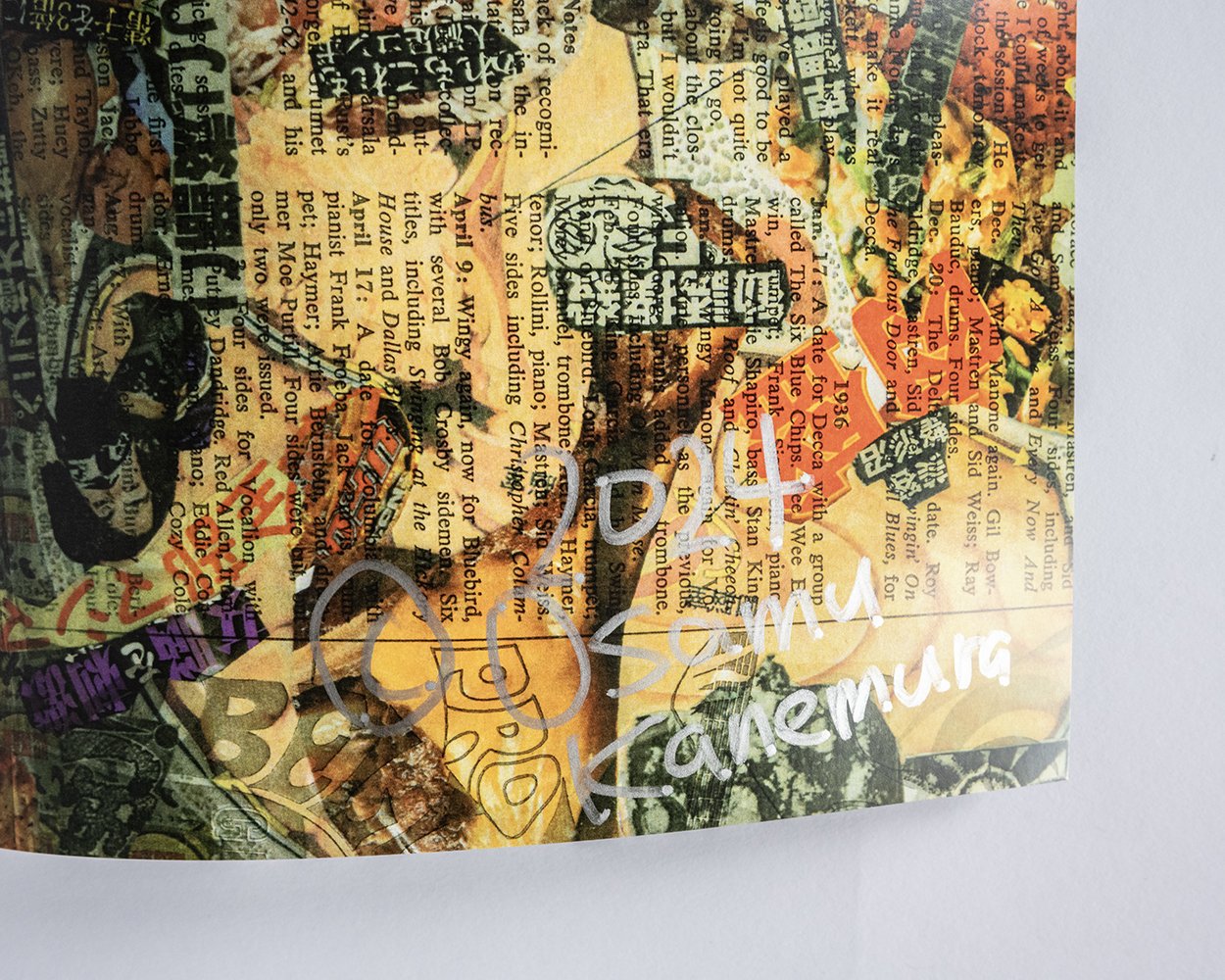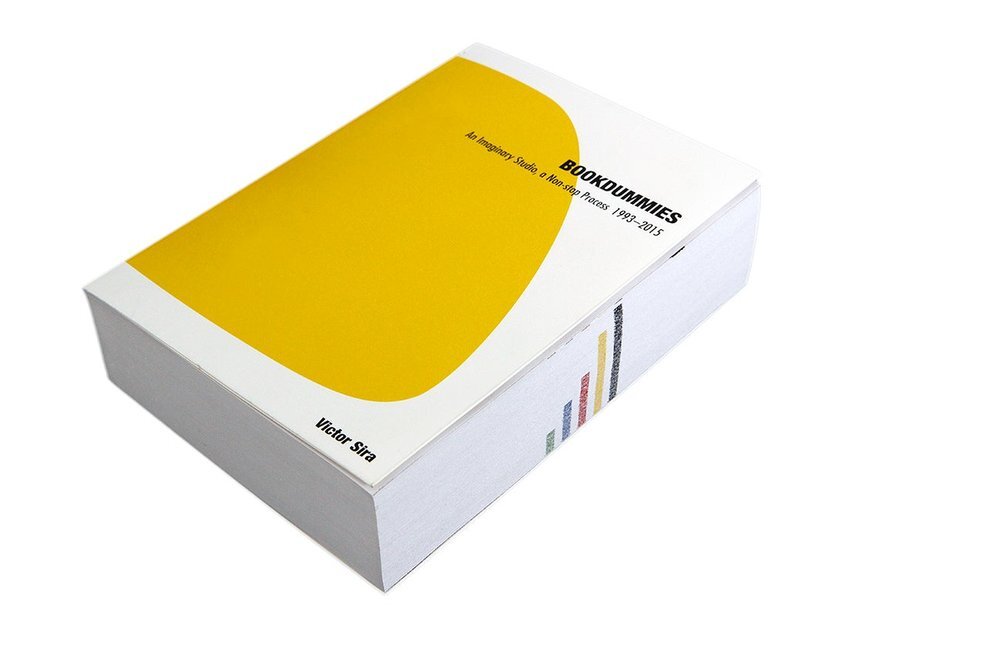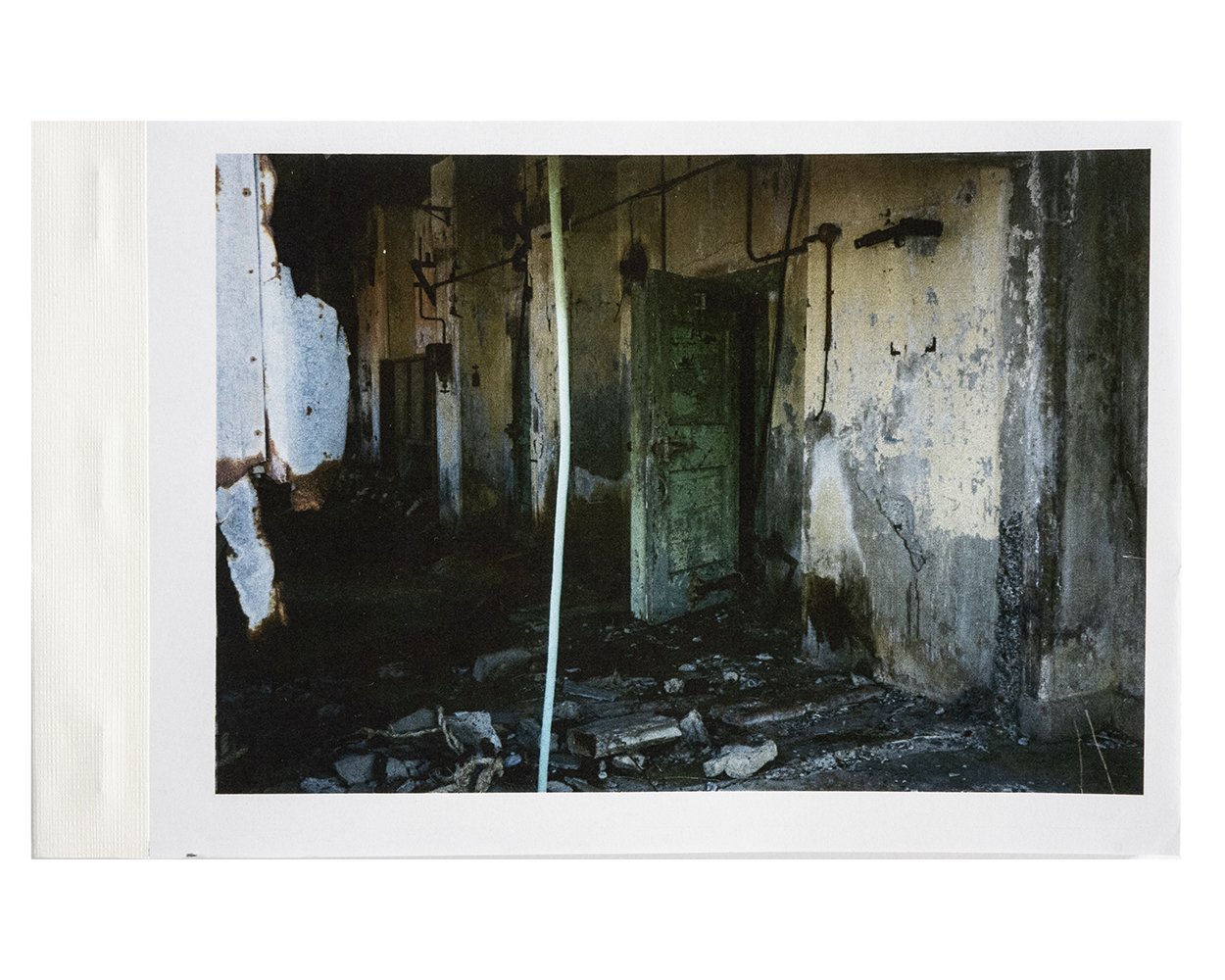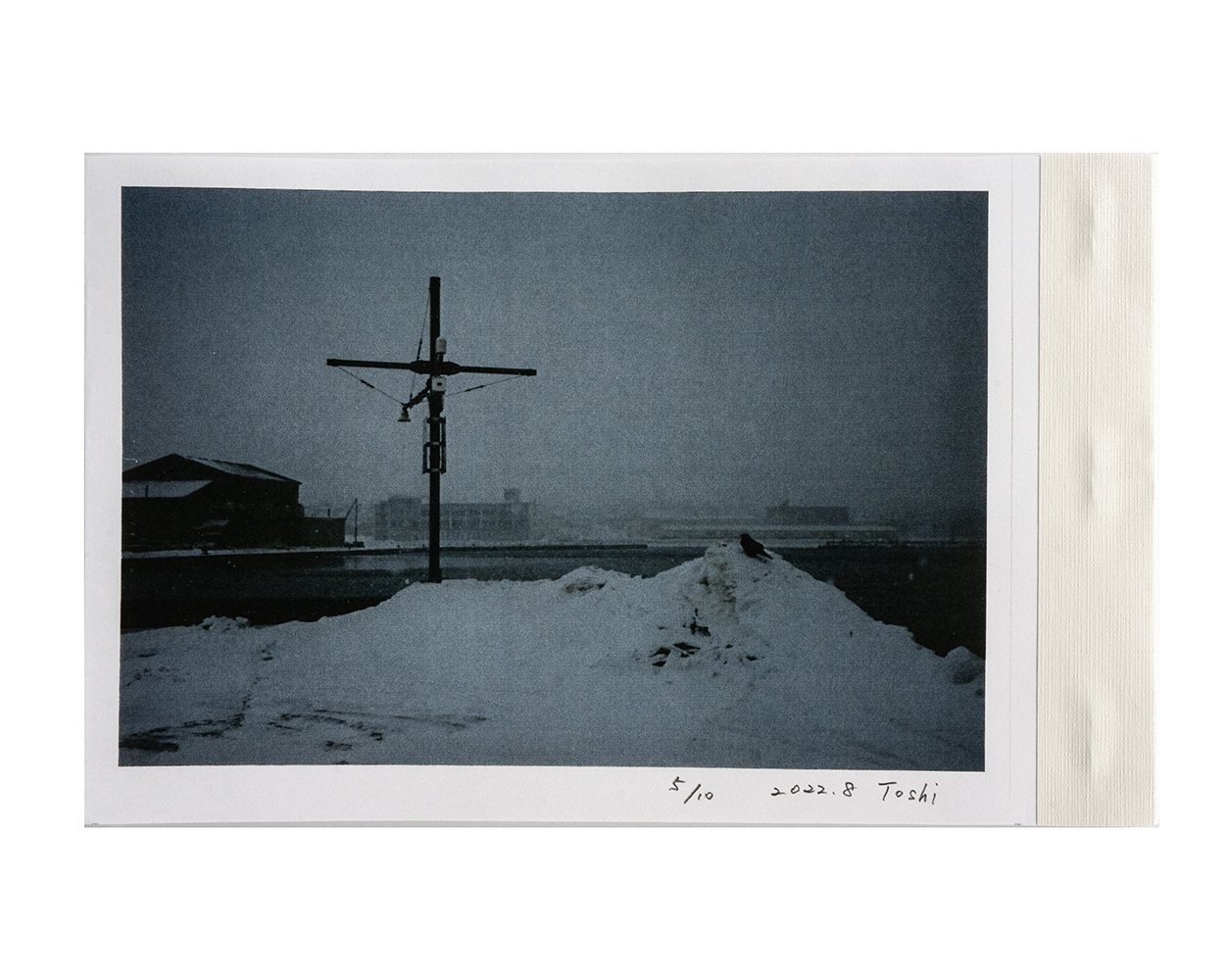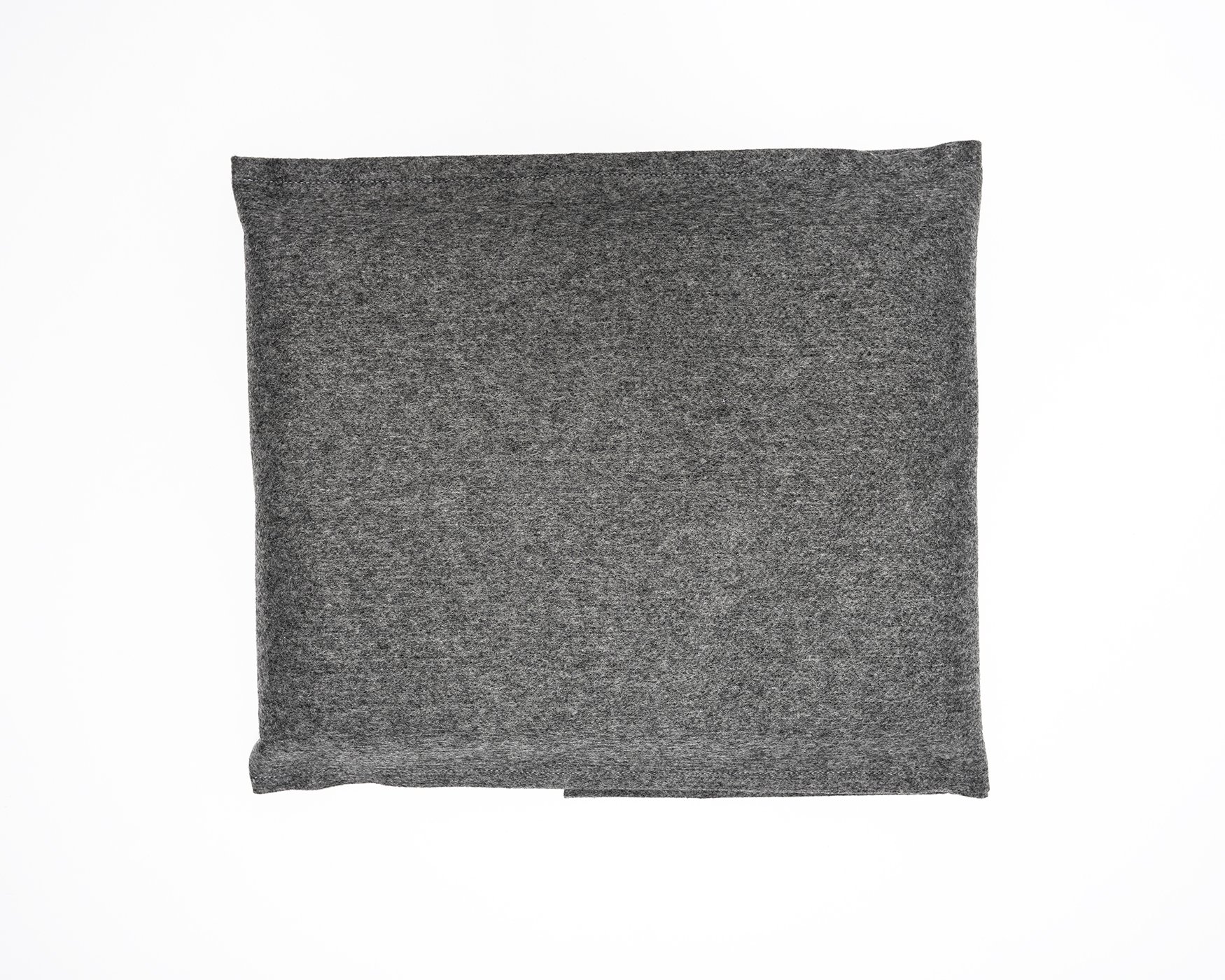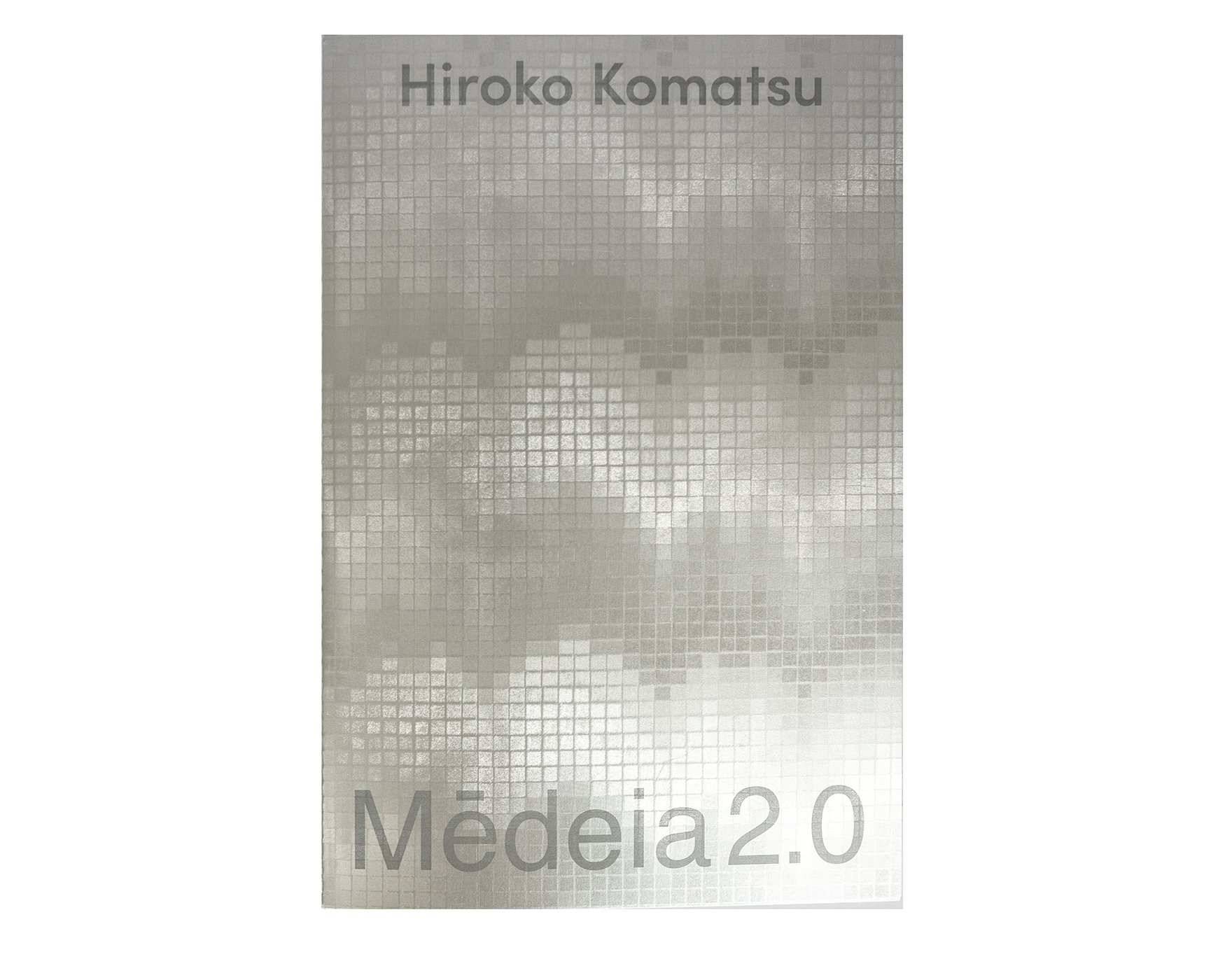 Image 1 of 9
Image 1 of 9

 Image 2 of 9
Image 2 of 9

 Image 3 of 9
Image 3 of 9

 Image 4 of 9
Image 4 of 9

 Image 5 of 9
Image 5 of 9

 Image 6 of 9
Image 6 of 9

 Image 7 of 9
Image 7 of 9

 Image 8 of 9
Image 8 of 9

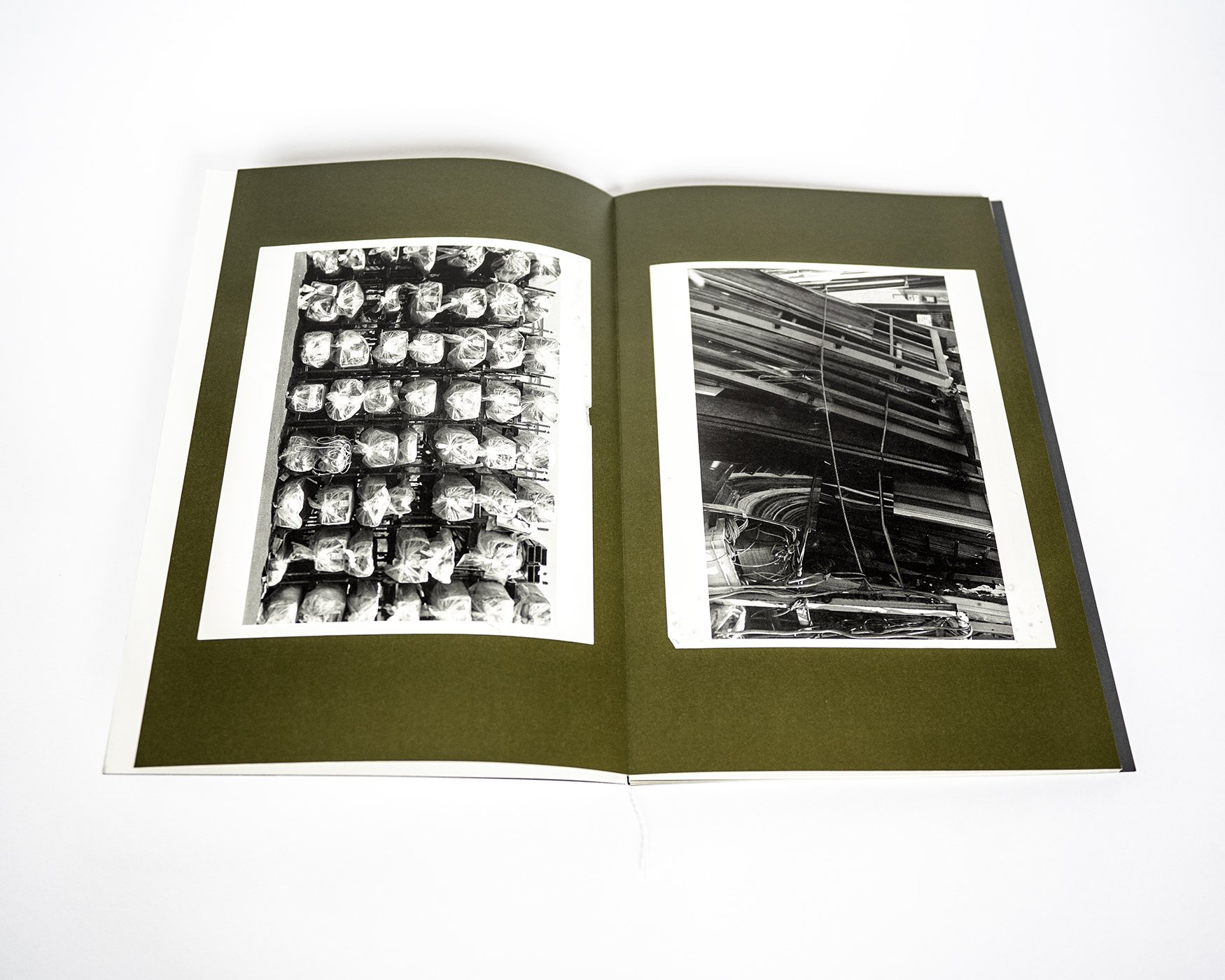 Image 9 of 9
Image 9 of 9










Medeia 2.0 Issue 04: Hiroko Komatsu
Published by Indigo, Tokyo, 2023
Softcover , B&W
Language: ENGLISH /JAPANESE
Edition: First edition 300
Pages :34 PAGES
Book Size: 274 × 184 mm
Condition: New
"The fourth issue of the Japan-based zine series MEDEIA 2.0 features Japanese photographer Hiroko Komatsu. Combining text and photographic images, Komatsu explores themes of desolation, death, technology, and the mechanical nature of life. To emphasize the material nature of the photographs, the magazine uses leporello binding, in which the reverse side of Komatsu’s photographic prints actually appears on the back of each image.
“The human brain is divided into left and right and connected by nerve fibers, but since consciousness is maintained not only in one side but in each side, even if the function of one side is destroyed due to cerebral infarction or other reasons, consciousness can still be maintained as long as the other side still functions. If the integration of the brain and machine is complete, even if a human reaches the end of their lifespan and their brain ceases to function, their consciousness can be transferred to the machine without any interruption. The transferred consciousness can control the machine that replaces the body, making eternal life possible.” ― excerpt from Hiroko Komatsu’s text (included in English & Japanese)"
About the Artist
Komatsu Hiroko (b. 1969 Kanagawa, Japan) is an award-winning artist who has held exhibitions in Japan, Germany, Italy, and the U.S. Her work has been published in Aperture, Asahi Camera, and Artforum, among other journals, monographs, and exhibition catalogues. In 2018, she was the recipient of the 43rd Kimura Ihei Award for new photographers in Japan. Her work is held in the collections of The MAST Foundation in Bologna, Tate Modern in London, the Kawasaki City Museum, the Art Institute of Chicago, and the New York Public Library.
Published by Indigo, Tokyo, 2023
Softcover , B&W
Language: ENGLISH /JAPANESE
Edition: First edition 300
Pages :34 PAGES
Book Size: 274 × 184 mm
Condition: New
"The fourth issue of the Japan-based zine series MEDEIA 2.0 features Japanese photographer Hiroko Komatsu. Combining text and photographic images, Komatsu explores themes of desolation, death, technology, and the mechanical nature of life. To emphasize the material nature of the photographs, the magazine uses leporello binding, in which the reverse side of Komatsu’s photographic prints actually appears on the back of each image.
“The human brain is divided into left and right and connected by nerve fibers, but since consciousness is maintained not only in one side but in each side, even if the function of one side is destroyed due to cerebral infarction or other reasons, consciousness can still be maintained as long as the other side still functions. If the integration of the brain and machine is complete, even if a human reaches the end of their lifespan and their brain ceases to function, their consciousness can be transferred to the machine without any interruption. The transferred consciousness can control the machine that replaces the body, making eternal life possible.” ― excerpt from Hiroko Komatsu’s text (included in English & Japanese)"
About the Artist
Komatsu Hiroko (b. 1969 Kanagawa, Japan) is an award-winning artist who has held exhibitions in Japan, Germany, Italy, and the U.S. Her work has been published in Aperture, Asahi Camera, and Artforum, among other journals, monographs, and exhibition catalogues. In 2018, she was the recipient of the 43rd Kimura Ihei Award for new photographers in Japan. Her work is held in the collections of The MAST Foundation in Bologna, Tate Modern in London, the Kawasaki City Museum, the Art Institute of Chicago, and the New York Public Library.
